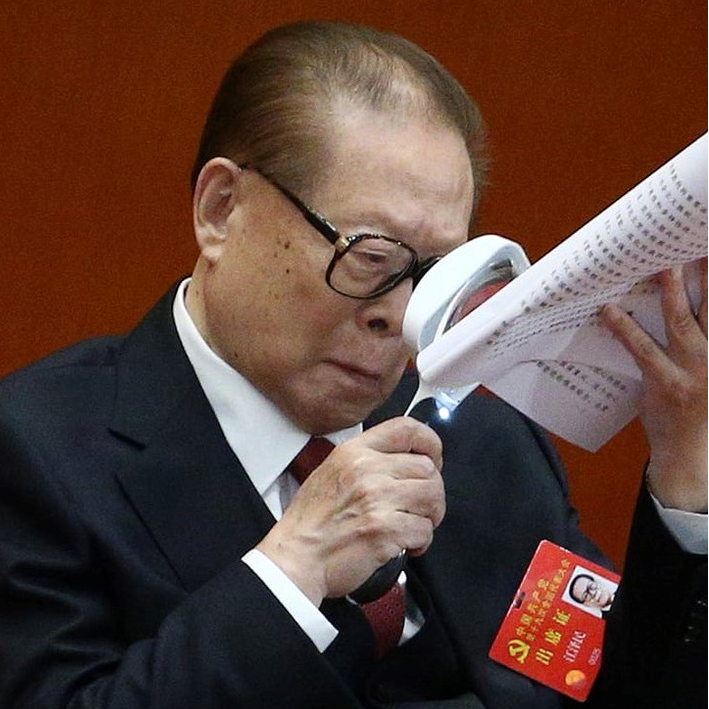The Socialist market economy is a brand new form of modern market economy
As is well known, the emergence of a market economy is related to the establishment of a capitalist mode of production. In today's world, almost all countries practicing a market economy are based on private ownership of the means of production. Although there are many differences between the two models, they share a common characteristic— they both belong to a capitalist market economy based on the private ownership of means of production.
A liberal market economy is a typical economic system based on private ownership. The United States constitution clearly stipulates that private property is sacred and inviolable. It has two obvious characteristics. The first is the dominance of the private sector in the U.S. economy with the state-owned economy making up only a small proportion. According to statistics, the private sector accounts for more than three-quarters of U.S. GDP. The second is the high concentration of private capital. Although there was a trend of decentralization of equity shares and a common phenomenon of stock-holding after World War II, the control of enterprises remained in the hands of a few big shareholders and senior executives.
Although emphasizing the decentralization of property rights and social balance and advocating the economic system with the coexistence of various forms of ownership, the social market economy belongs to a system based on private ownership. Advocates of a social market system believe that "private ownership of the means of production is one prerequisite of the competition system". It is true that through a social market economy that values social fairness and implements welfare policies, many countries have, to a certain extent, narrowed the gap between rich and poor, met the needs of the people for a better life, and mitigated social contradictions. In essence, however, a social market economy is only an improvement on a capitalist market economy because it touches only the area of distribution rather than private ownership and its political structure. Therefore, it is impossible for such an improved capitalism to address the root causes of its polarization. Even worse, it is bound to hinder economic and social development because more and more revenue and capital will be spent on social welfare. At present, the high-welfare and high-subsidy welfare policy pursued by social market economies has sparked many negative effects, especially in the era of economic globalization when a large number of jobs will be cut and the welfare policy sinks into the inextricable mire and faces serious crisis.
It is also known that socialist countries pursuing public ownership of the means of production chose a highly centralized planned economy at the primary stage. As a result, over a long period of time, many people tend to define a planned economy as a basic characteristic of socialism and the market as a patent of capitalist private ownership, thus regarding a market economy and socialism as incompatible as water and fire. Naturally, whether and how socialism can be integrated with a market economy has become a major problem in socialist economic theory and practice. For nearly 100 years, foreign scholars have made an arduous exploration into this difficult global historical problem. A variety of theoretical models of market socialism have been produced or even put into practice. All, however, ended up in failure or fantasy due to the fact that they were divorced from reality.
In China, reform of the economic system is a process of expanding the role of the market mechanism. Since market-oriented reform was officially launched in 1978, after decades of debates on and exploration into theory and practice, and after paying heavy historical costs, China finally realized the positive role of the market on economic development, and the CPC set a goal of establishing a socialist market economy in the process of reforming China's economic system. As is pointed out in the Report to the 14th National Congress of the Communist Party of China:
Numerous facts show that the market is an effective way to allocate resources and provide incentives, and to bring pressure and power to an enterprise. Moreover, the market response to various signals is also sensitive and rapid. Because of these advantages, more and more people in socialist countries have realized the positive role of the market for economic development. The one-sided understanding of and bias against the market in the past are being abandoned.
The socialist market economy proposed and established in China is a shining example for the world in combining, in a scientific way, socialism with a market economy. In this sense, we can say proudly that the 14th National Congress of the Communist Party of China held in October 1992 opened up a new era in Chinese history.
The Report to the 15th CPC National Congress clearly pointed out that "it is a great pioneering undertaking to combine socialism with a market economy". Making public ownership of the means of production the mainstay is the basic feature for such a combination, the essential difference between a socialist market economy and a "liberal market economy" and is the root cause for it to become a brand new form of modern market economy.

